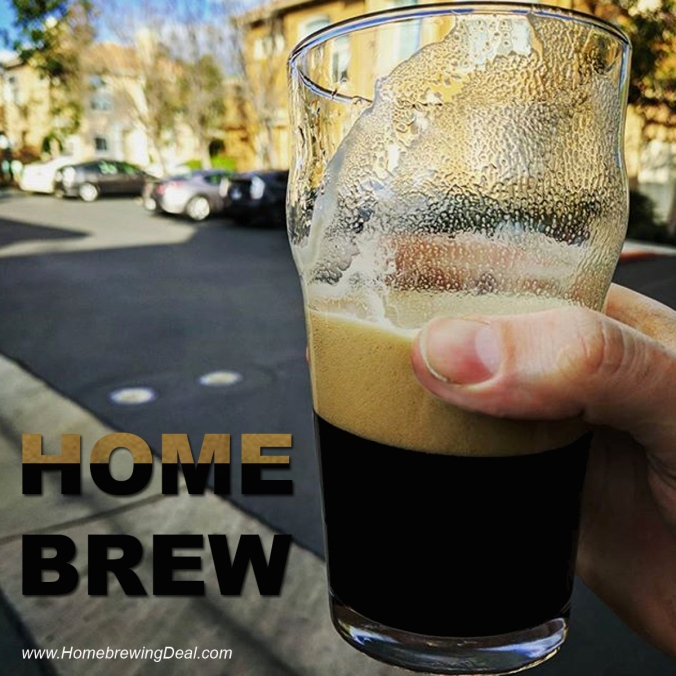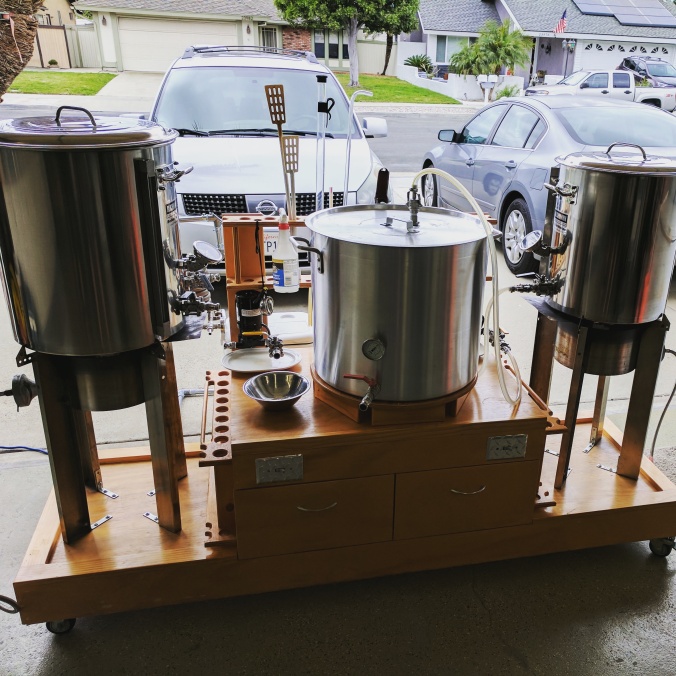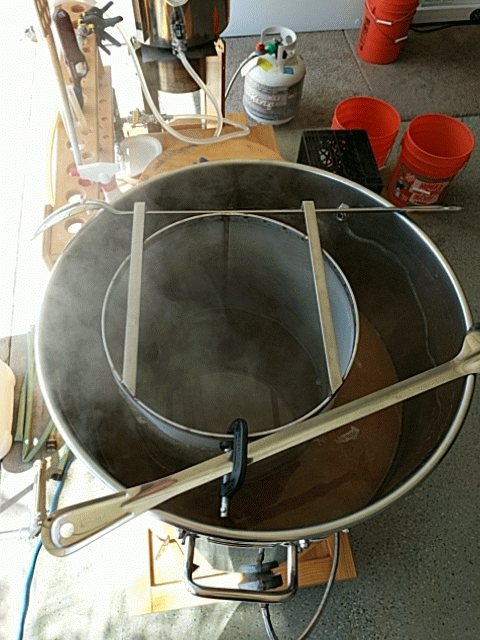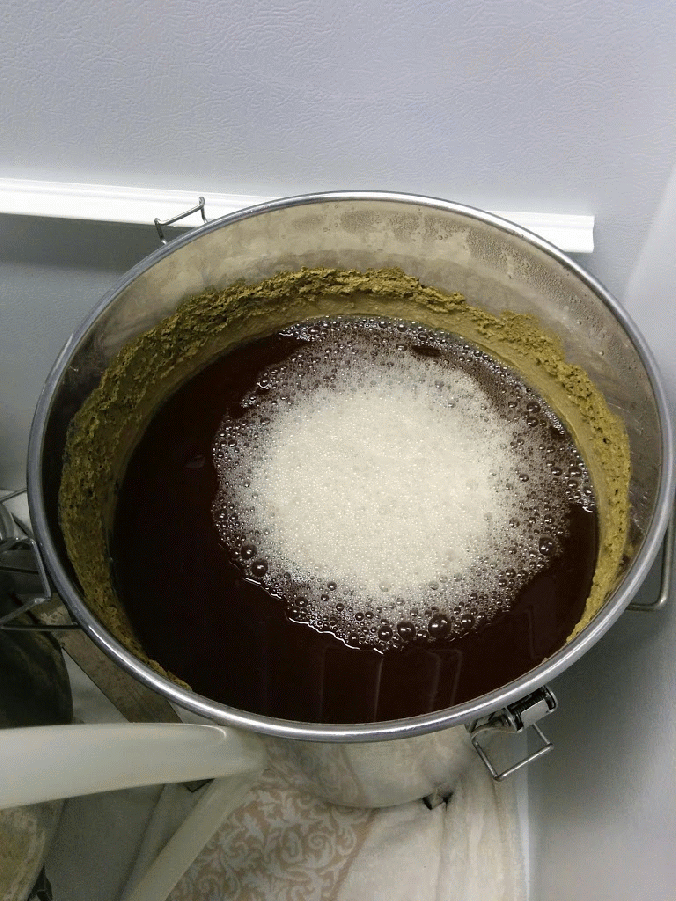I initially purchased my March home brewing pumps about 7 years ago, well before stainless steel homebrew pumps were really a thing. Once stainless pumps became more popular, I considered upgrading, but my existing pumps worked fine and I could not justify the cost. Then Blichmann released their RipTide home brewing pumps which feature a tri-clamp attached head!!! In my opinion that is a big deal because it allows you to easily gain access to the pump cavity for easy cleaning. As it stood, I had to rely on hot water and PBW to do all of the cleaning unless I wanted to spend an extra 30 minutes breaking down, clean and then reassembling each of my March pumps; which is really not something I wanted to do after a long day of beer brewing. The one down side was that a new Blichmann Rip Tide home brewing pump will run you $199+. So I waited…..
Then, Blichmann release the RipTide Upgrade Kit! The Rip Tide Upgrade Kit allows you to upgrade some of the most common existing home brewing pumps to a Blichmann Rip Tide, for just $99. With this RipTide Kit, you can upgrade your March or Chugger pump with the Riptide’s Tri-Clamp housing. The RipTide’s head is made from stainless steel and can rotate 365 degrees to fit almost any home brewing setup. The kit also comes with Blichmann’s integral linear flow valve, which provides superior control and eliminates the need for an upper ball valve in must situations.
Here is a list of home brewing pumps that the Blichmann Riptide upgrade kit is compatible with.
More Beer Homebrewing Pumps:
H340, H331, H332, H315HF, H350 and H375
Chugger Homebrew Pumps:
CPSS-CI-1 (115V),CPSS-IN-1 (115V), CPSS-IN-2 (230V), CPSS-CI-2 (230V), CPPS-IN-1 (115V), TCPSS-IN (115/230V) and TCPSS-CI (115/230V)
March Home Brewing Pumps:
809-SS-HS, 809-BR-HS, 809-PL-HS, 809-BR-HS-C, 809-PL-HS-C, 809-SS-HS-C, 809-BR, 809-PL, 809-SS, 809-BR-C, 809-PL-C, 809-SS-C, 815-BR, 815-PL, 815-SS, 815-BR-C, 815-PL-C and 815-SS-C
The Blichmann Riptide Upgrade Kit Can Be Purchased Here for $99
After verifying that the Blichmann RipTide Upgrade Kit would work with my current March homebrew pumps, I place my order for two of them. After placing my order, it took about 8 days for them to arrive. I purchased them from More Beer, but the pumps were shipped directly from Blichmann.

RipTide Homebrew Pump Upgrade Kit
Blichmann RipTide Upgrade Kit Installation Instructions
Next step was to read the instructions (which were relatively simple), make sure I had everything needed (which was just a screwdriver, a couple of wrenches and some PTFE thread seal tape. The instructions from Blichmann came in black and white and unfortunately the contrast made it so that it was difficult to see where the washer was supposed to go, so I included some color photos here to help you out if needed. I began by breaking down my existing march pump per the instructions and removing my existing fittings. It is important that you just remove the pump head and NOT the magnet collar! The pump head was held on by 4 stainless steel screws in my case. Here is an image to help:

Blacihmann Rip Tide Upgrade Instructions
Next I mounted my home brewing pump on to the included stainless steel pump riser. This was not required in my situation but I like the idea of it because it raised my pump up a couple of inches, bringing it close to my kettles, reducing the amount of tubing that I needed and giving me a little more space to empty the pumps when I had to clear wort from them. Everyone’s situation is a little different, but it works well on my home brewing rig. After that you will want to mount the Tri-Clamp adapter bracket on to your pump. Blichmann includes two sets of screws to use, so make sure that you select the appropriate screws for your pump. Be careful not to over tighten the screws; doing so could crack the bracket or damage the pump. Next, place the impeller housing and the impeller into the pump magnet as shown in the following images:

Blichmann Rip Tide Home Brewing Pump Upgrade Instructions
Next is where I nearly had a problem. Install the pump head o-ring and washer to the stainless steel RipTide pump head. My first kit was missing the washer and the photo quality on the instructions that came with the kit were so bad, I could not tell if I was suppose to use one of the mounting washers. Something did not seem right and I would have then been missing a mounting washer, so I checked my second pump kit and could see that there was a smaller washer that was intended for the pump head. It thankfully had two in that box, so all was good. Here is an image to help you see where to place the o-ring and washer into the Blichmann RipTide pump head:

RipTide Upgrade Kit Installation Photos
Lastly mount the Blichmann RipTide pump head on to your pump using the include stainless steel 3″ Tri-Clamp and attach any fittings that you may have. The entire process took me approximately 30 minutes per pump to upgrade an re-install onto my home brewing stand. Except for the issue with the washer, it was very painless. Here are a couple of photos of the Blichmann RipTide homebrewing pumps after they were installed on to my homebrewing rig.
Finished Images Of The Blichmann RipTide Pump Upgrade Kit

Blichmann RipTide Home brewing Pumps On My Homebrewing Rig

Close up Image of the Blichmann RipTide Home Brewing Pump
After that I tested the RipTide home brewing pumps for leaks and checked to make sure all of the ball valve connections were free from leaks as well. All was good and I also took a short video in case anyone was curious about the type of pressure or flow rate that you could expect from the RipTide upgrade kit.
Blichmann RipTide Pump Video
If you are looking to purchase a Blichmann RipTide Home Brewing Pump Upgrade Kit, they can be purchased here for $99






























Recent Comments